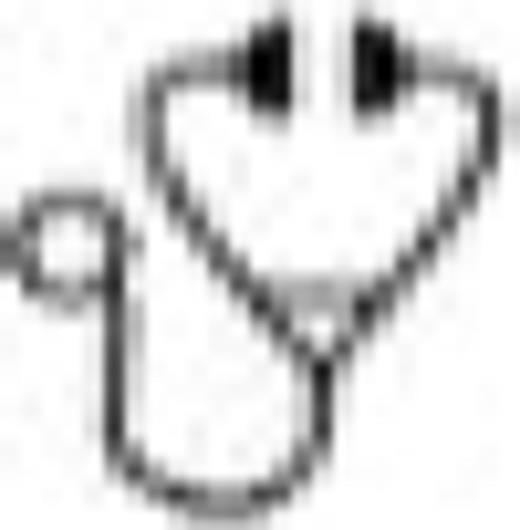Abstract

Background: NK alloreactivity based on KIR (Killer Immunoglobulin-like Receptor) expression by natural killer cells has been reported to decrease the risk of leukemia relapse after HLA-haploidentical stem cell transplantation (SCT). The use of donors with high KIR B-content score has been correlated with a decreased risk of relapse.
Objective: We examined the outcome of leukemia relapse following CD34-positive selected T-cell depleted haploidentical donor peripheral blood SCT followed by donor lymphocyte infusion with methotrexate prophylaxis.
Methods: Between 2009-2015, twenty patients underwent haploidentical donor CD34-selected, T cell-depleted peripheral blood SCT on an IRB-approved protocol. Nine patients had acute lymphoblastic leukemia (ALL), and eleven had myeloid leukemia (10 AML, 1 JMML). Among ALL patients, remission status was CR1 in 5, with either induction failure or MRD+ after consolidation, 3 were in CR2 and 1 was CR3. Four patients had T-cell disease. Among AML patients, 5 were in CR1, one had refractory disease and 5 were CR2 or beyond. Ligand-ligand NK alloreactivity based on HLA typing was available for all patients. Receptor-ligand NK alloreactivity based on immunophenotyping of KIR was available in 16 patients and KIR B-content score was available in twelve patients. Patients were considered to have receptor-ligand NK alloreactivity if immunophenotyping of the donor had >5 (cells/uL) expressing KIR2DL1 (recognizes C2 group) or KIR2DL1/2DL13 (recognizes C1 group). Patients with alloreactive KIR only recognizing BW4 were not considered alloreactive due to predicted weak alloreactivity. All patients received a uniform conditioning regimen including TBI 1200cGy, thiotepa 10mg/kg, fludarabine 200mg/m2, and rabbit-anti-thymocyte globulin (rATG) 6mg/kg, with no post-transplant immunosuppression. All patients received a planned donor lymphocyte infusion (DLI) 3-5 x 104 CD3+ cells/kg between days 30- 42 after transplant and received weekly IV methotrexate prophylaxis following DLI. The incidence of relapse and GVHD was evaluated.
Results: Based on a ligand-ligand model of NK alloreactivity, only 4/20 patients had NK alloreactivity predicted. Seven patients expressed all 3 ligands and blocked all possible NK alloreactivity. Median follow-up was 306 days (range 45 days-5 years). Four of 20 patients relapsed (1/4 with predicted NK alloreactivity and 3/16 without). Median time to relapse was 110 days (range 124-455 days). NK alloreactivity based on receptor-ligand as defined above was present in 5/16 patients and relapse occurred in 2/5 with and 1/11 without. Donor KIR B-content was >=2 in 4 patients and 0-1 in 8 patients. Relapse occurred in 1/4 with 2 and 2/8 with 0-1. No donors had KIR B-content score of 3-4. The incidence of grade II-IV acute graft-versus-host disease after prophylactic DLI was 25%, with 2 grade II, 3 grade III and no grade IV GVHD. Three patients developed cGVHD, two mild and one severe by NIH consensus criteria.
Conclusion: An approach using a DLI followed by methotrexate prophylaxis after a CD34-selected, T-cell depleted SCT for pediatric leukemia diminishes the effect of NK alloreactivity and KIR B-content.
No relevant conflicts of interest to declare.
Author notes
Asterisk with author names denotes non-ASH members.

This icon denotes a clinically relevant abstract

This feature is available to Subscribers Only
Sign In or Create an Account Close Modal